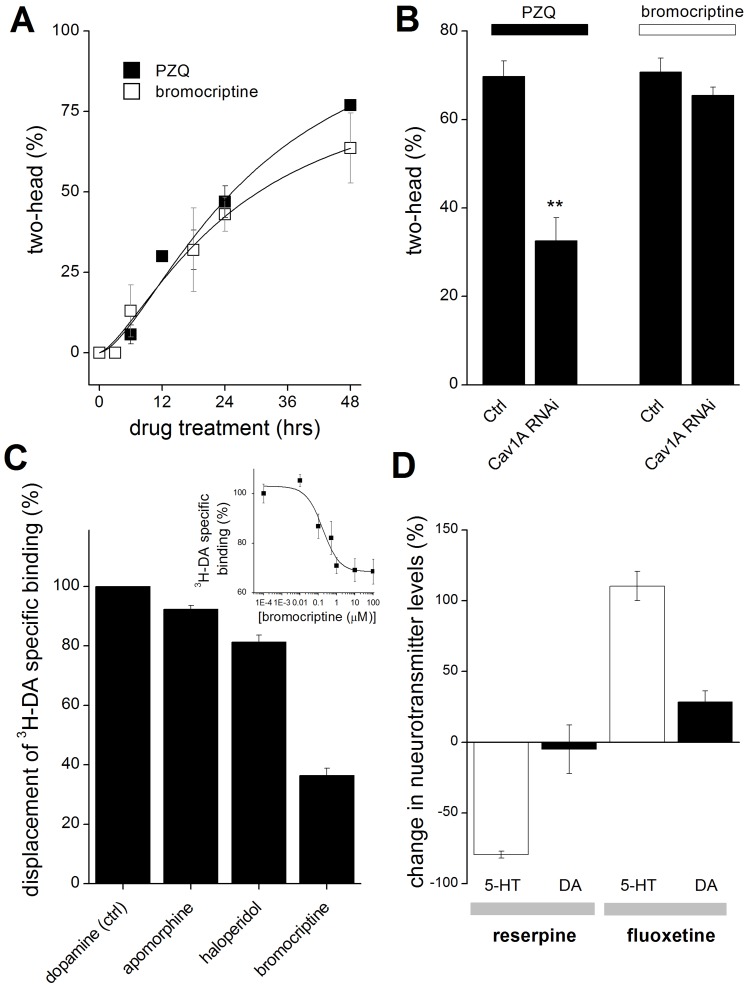Figure 2. Analysis of drug action and selectivity in the planarian system.
(A) Similar kinetics of bromocriptine and PZQ-evoked bipolarity. Number of bipolar regenerants after exposure of trunk fragments to PZQ (75 µM, solid) or bromocriptine (1.5 µM, open) for the indicated durations. Fragments were amputated at t = 0. (B) Bromocriptine acts downstream of PZQ-evoked Ca2+ entry. Cav1A RNAi inhibits PZQ but not bromocriptine-evoked bipolarity. (C) Displacement of 3H-DA from planarian membrane fractions by various ligands, including dopamine (Ctrl), bromocriptine (10 µM), haloperidol (100 µM), and apomorphine (10 µM). Inset, 3H-DA displacement assay at various concentrations of bromocriptine, expressed as a fraction of total specific 3H-DA binding. Data represent average of at least three independent replicates. (D) Effect of reserpine and fluoxetine on 5-HT and dopamine levels in regenerating trunk fragments. Regenerating trunk fragments were exposed to of either reserpine (10 µM) or fluoxetine (10 µM) for 24 hrs prior to electrochemical HPLC analysis of 5-HT (open) and dopamine (closed) levels. Data represent analyses from multiple samples from at least two independent biological replicates, mean ± standard deviation.

